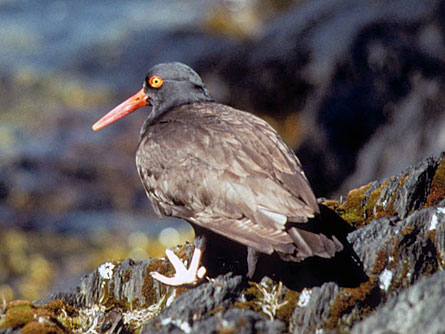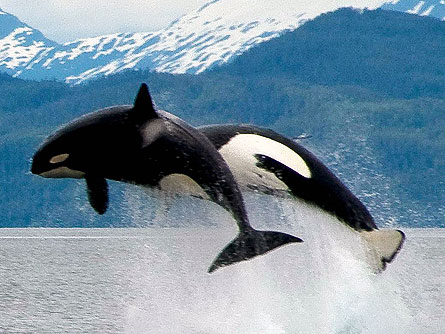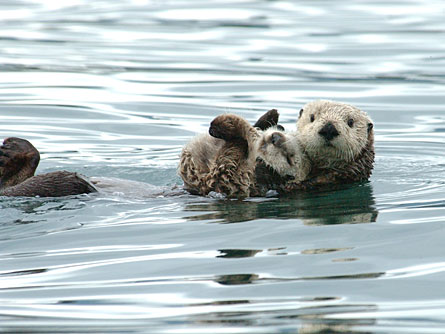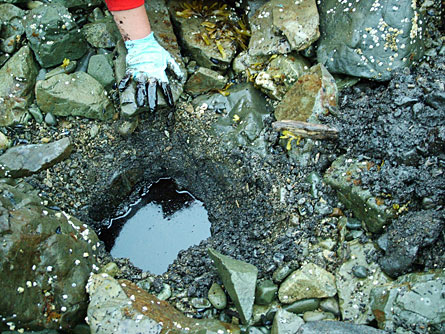March 24 marked the 20th anniversary of the Exxon Valdez oil spill. The effects are still obvious today. A series of blogs from senior editor Janet Raloff describes the continuing aftermath.

Fifth in a series
Immediately following the Exxon Valdez oil spill , 20 years ago, environmental scientists were recruited to evaluate damage to ecosystems in and around Alaska’s Prince William Sound . And almost all describe being initially struck by a pall that had descended over normally raucous, vibrant marine communities. Read more .

Fourth in a series
The Exxon Valdez spill dumped almost 11million gallons of crude oil into southern Alaska’s Prince William Sound , 20 years ago this week. Two groups of killer whales were present. And neither has recovered to their pre-spill abundance, Craig Matkin told me last week. Read more .

Third in a series
In the early days after the 1989 Exxon Valdez spill , some 350 Alaskan sea otters were rescued from oil-laden waters and shipped or airlifted to treatment centers. Cleaning and rehabilitation saved 197; they were then released back into the wild. These were the lucky ones. Overall, an estimated one-in-five of Prince William Sound’s 14,000 otters died from spill-related poisonings. Read more .

Second in a series
A few years after the 1989 Exxon Valdez accident — still the biggest tanker spill in U.S. history — once-oil-blackened beaches in Alaska’s Prince William Sound again looked clean and healthy. Some scientists now worry that those looks have been deceiving. Read more .

First in a series.
Exxon Valdez. Its name still evokes disaster. Tomorrow (March 24) marks the 20th anniversary of the ship’s grounding on Bligh Reef in Alaska’s Prince William Sound. Throughout the week, I’ll take a look at changes in its wake — including environmental impacts that linger from this, the nation’s biggest oil spill. Read more.






